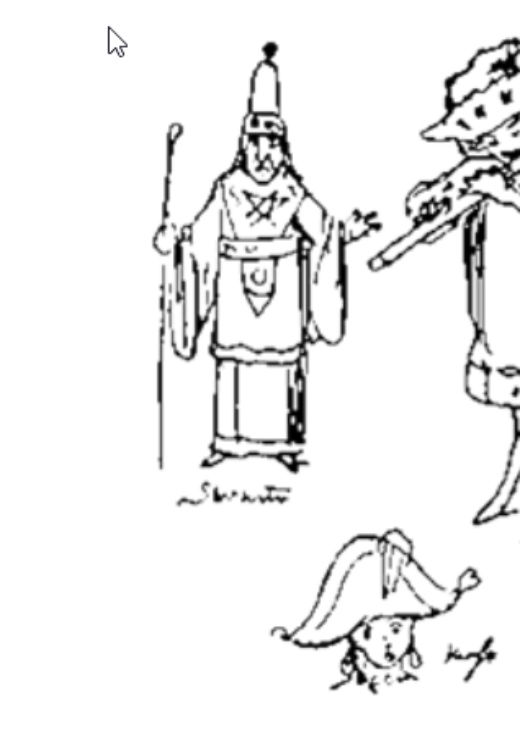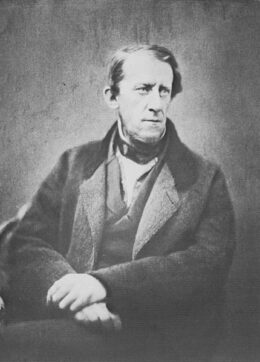
Printed
56 pages
Author(s)
Casperl in der Zauberflöte
With this play, Franz von Pocci delivers a parody of Mozart and Schikaneder's The Magic Flute, a genre very popular in suburban comedy of the 18th and 19th centuries, particularly in Vienna where the aforementioned opera was premiered in 1791: it is, moreover, Mozart's overture that is given at the beginning of the performance. Pocci, himself a composer as well as a writer, pays tribute to one of his masters, while at the same time mocking Freemasonry, which had had a decisive influence on Schikaneder's libretto. The author also mocks the fashion for Wagnerism: when Pamina says she is tired of hearing Tamino play the same tunes on his flute over and over again and asks him for something more modern, she is told that Wagner is too difficult and that there is no melody. The fairy tale of Mozart and Schikaneder is treated here in a burlesque mode, Kasperl's outrageous behaviour contrasting with the delicate world of the opera, whose plot has been reduced to family stories. Kasperl in der Zauberflöte, like the vast majority of Pocci's plays, was written for the theatre by the Munich puppeteer Joseph Schmid (1822-1912). This was not the last Mozart parody that Schmid would include in his repertoire: Karl Engel published a text entitled Don Juan's zweites Leben oder Casperles Gefahren [The Second Life of Don Juan or the Perils of Casperle] in his collections of puppet comedies. This time, the characters of Don Giovanni return for a second round...
Disturbed harmony
Following a brawl in the tavern, Kasperl tells his wife that he is becoming a misanthrope and is withdrawing from the world. He also leaves the role of the police commissioner. His misfortunes lead him to the European residence of the Egyptian prince Tamino and his wife Pamina, which is also the retreat of the aging magician Sarastro. The Moor in the service of the Queen of the Night, Monostatist (the Monostatos of The Magic Flute), helps Kasperl, who presents himself as a learned traveller, to break into the palace: he hopes that he will stir up trouble. The hungry Kasperl proves to be an extremely rude host, and the frequent visits of the Queen of the Night, which plunge the scene into darkness each time, add to the confusion. Sarastro is nevertheless prepared to initiate the so-called scholar into the mysteries of Freemasonry, but Kasperl mainly amuses himself by banging the gong and then stamping his foot on the lodge master's table: Sarastro forbids him to do so, they quarrel and Kasperl knocks him out, then runs away with the protection of the Queen of the Night. Pursued by Tamino's lion, he is narrowly saved by the hunter Thomerl, who shoots the lion. They then return home with their trophy, much to the amazement of the police. The Queen of the Night appears to wish the audience good night.
First performance
Publications and translations
Franz von Pocci, Lustiges Komödienbüchlein, München, Ernst Stahl, 1877, 65-121
